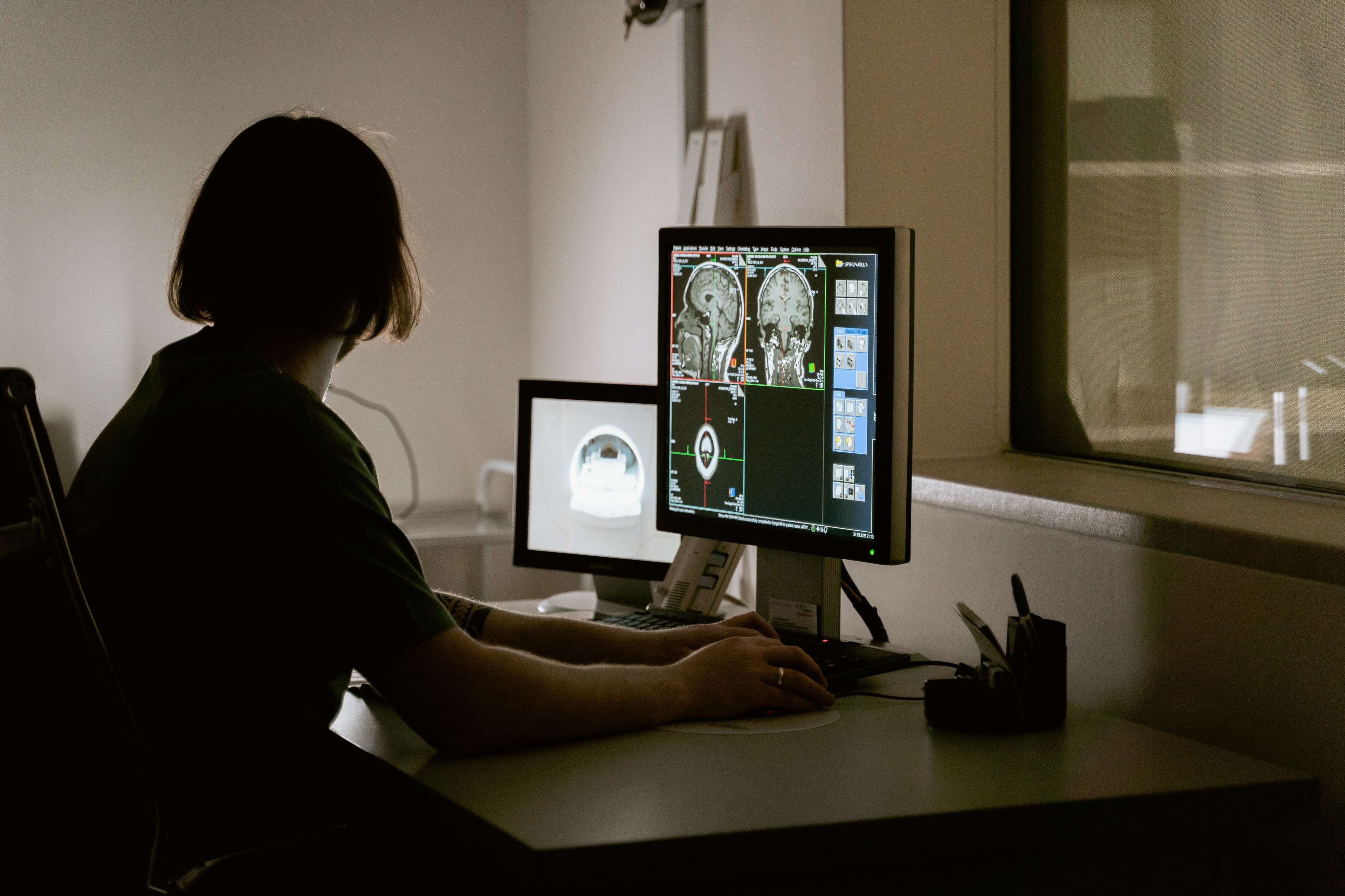
According to many MDs, “most people consider a radiologist only does x-rays, but they are accountable for imaging in all modalities. That comprises x-rays, CT scans, MRI’s, PET scans, and much more.”
According to many MDs, “most people consider a radiologist only does x-rays, but they are accountable for imaging in all modalities. That comprises x-rays, CT scans, MRI’s, PET scans, and much more.”
Some renowned institutes of radiology defines radiologists as “medical doctors (MDs) or doctors of osteopathic medicine (DOs) who show keen interest in diagnosing and treating diseases and injuries using medical imaging procedure, such as different type of radiology techniques namely: x-rays, computed tomography (CT), magnetic resonance imaging (MRI), nuclear medicine, positron emission tomography (PET) and ultrasound.”
To put it in layman’s terms, Radiologists are doctors who analyze and take care of certain conditions using a wide assortment of imaging techniques, like x-rays, CT scans, and MRI’s. They use these imaging techniques to analyze everything from broken bones to serious heart circumstances and act as imperative consultants to your most important physician.
Types of Diagnostic Imaging
PLAIN RADIOGRAPHY (X-RAYS):
X-rays were the first form of radiology analytic imaging. They were the only mode of imaging accessible for the first 50 years of radiology. Plain radiography works by transmitting x-rays through the patient’s body and on to a “detector” where an image is created based on which rays pass through a patient and which rays are engrossed and scattered. Despite this test being the oldest in the meadow, it has included many new techniques and turns out to be much safer for the patient. It is still a precious tool in diagnosing assorted types of arthritis, pneumonia, bone tumors, congenital skeletal anomalies, and, of course, broken bones.
ULTRASOUND:
Ultrasonography is a form of medical imaging that uses ultrasound waves to imagine soft tissue structures in the body. Today, thanks to scientific advancements, ultrasounds can endow with three-dimensional reconstructions of these tissues in authentic time. Unlike other forms of imaging, ultrasounds do not picture the patient to ionizing radiation, which makes them safer. Because ultrasounds only make accessible images of soft-tissue they are used in obstetrical imaging (to scrutinize babies in utero). They also are used to look at vascular diseases, inner bleeding, arteries, stenosis, and to analyze and assess some vascular diseases.
COMPUTED TOMOGRAPHY (CT SCANS):
CT scans use X-rays along with computing algorithms to generate a nuanced and precise image of the body. CT scanning has turned out to be the test of choice in diagnosing some pressing and embryonic conditions, such as intellectual hemorrhage, clots in the arteries of the lungs, ripping up of the aortic wall, appendicitis, diverticulitis, and kidney stones. Due to enhancement in CT technology, including quicker scanning times and enhanced resolution, these tests are used regularly in radiology.
MAGNETIC RESONANCE IMAGING (MRI):
MRI uses strong magnetic fields to bring atomic nuclei into line, and then uses radio signals to upset the rotation of these nuclei, and then observes the radio frequency indication as the nuclei revisit to their unique positions. This is what creates the MRI image. This is a complex process, but it produces the most complicated soft tissue contrasts of all of the imaging techniques. MRIs are commonly used and are an imperative diagnostic tool to scrutinize the brain, heart, organs, and musculoskeletal system.
Other Types of Radiology
There are additional forms of radiology imaging, as well as other specialties within the meadow of radiology. On the other hand, the above techniques are the most frequent radiology processes. For example, much progression is being made in nuclear medicine. Similarly, interventional radiology, an area of proficiency of radiology that uses highly developed techniques not only to make a diagnosis but also to treat patients, has also made significant strides.
At Ganesh Diagnostics & Imaging center, we are well-versed in all of these kinds of radiology, from diagnostic, to nuclear medicine, to interventional. Our radiologists serve in a wide variety of specialties - find one near you today!









